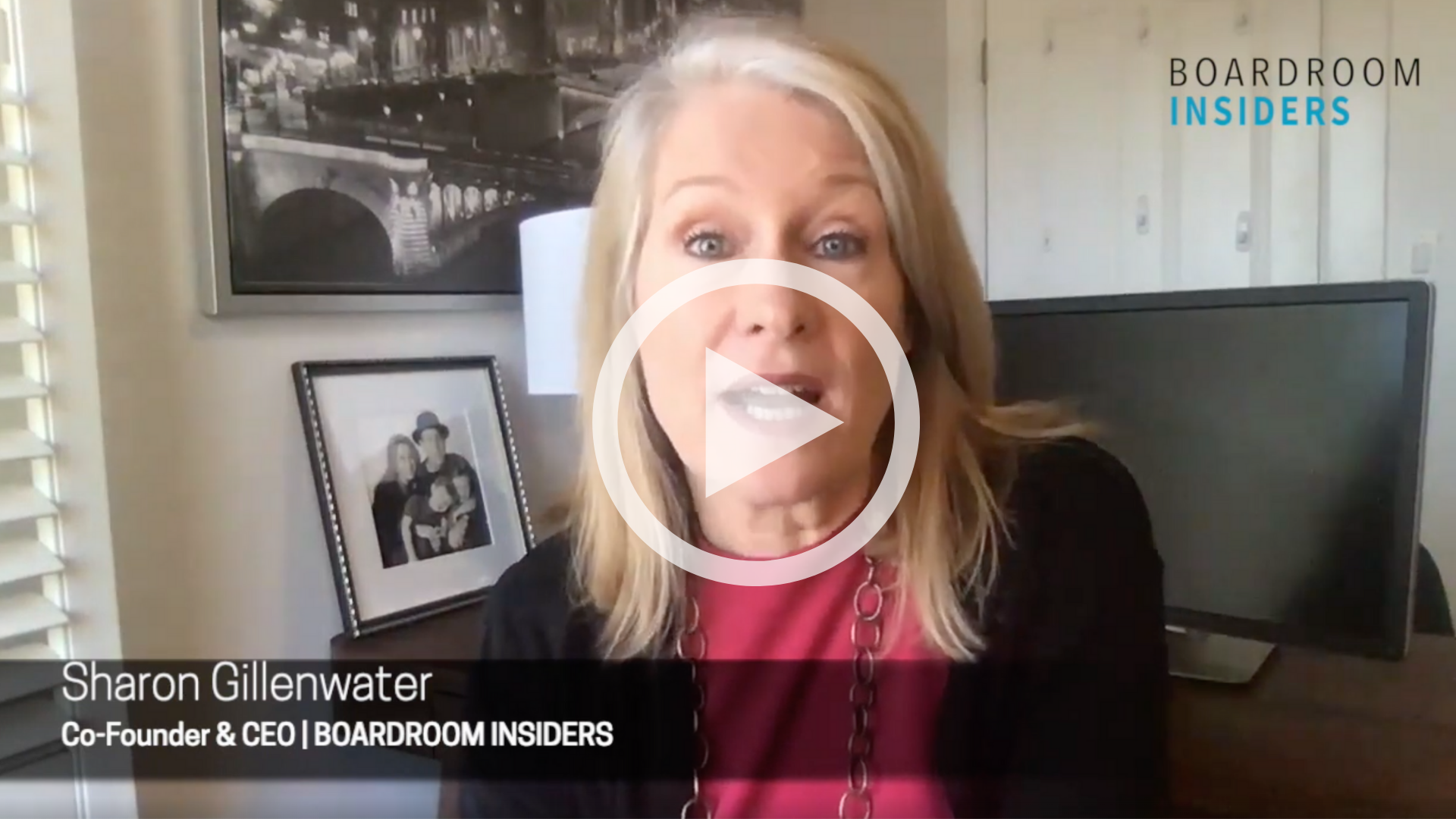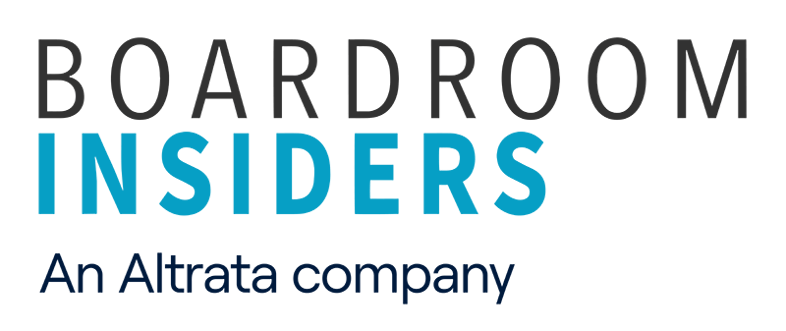At first, it was all about battening down the hatches until the COVID-19 pandemic blew over.
CIOs across the country scrambled to accommodate remote work arrangements for entire workforces. They rushed to tighten security gaps and to increase ecommerce and automation to keep businesses afloat. The COVID-19 pandemic put CIOs on a fast-track for digital transformation as a means of survival.
As we’re seeing now, there is no immediate end to the global pandemic that has upended all our lives. It’s no longer about survival but about charting a new path forward — which begs the question: What’s going on with CIOs now?
Our team spent the past two weeks diving into dozens of CIO interviews. What emerged were five key findings — or, as some CIOs are calling them, “silver linings” — of our fast-changing normal that highlight where IT leaders are heading next.
The time for upskilling and reskilling is now. Upskilling and reskilling the workforce has long been a pain point for businesses, for a few reasons: First, technology changes fast, and it can be hard for businesses to keep pace. In addition, educating your workforce can be costly, as businesses are forced to pay travel costs and registration fees for training and programs.
In our current reality, businesses have no choice but to keep pace with change. Their existence depends on it. At the same time, many training programs are now virtual, with some offering discounted fees. In an effort to support customers, technology vendors are rolling out their own free virtual sessions featuring their most knowledgeable experts, making the process of educating your workforce easier and more affordable than ever before. As Graham Waller, a distinguished VP analyst for Gartner recently put it: “Conditions during the COVID-19 crisis are harsh on learning and render traditional training nearly impossible. Executive leaders can harness modern, just-in-time, remote microlearning to enable the upskilling opportunities they identify as supporting their COVID-19 recovery business objectives.”
CIOs are using this time to boost their leadership skills, too. In addition to the ubiquity of upskilling programs, leadership development opportunities are more readily available now than ever before, and CIOs are taking full advantage. As Fast Company noted in a recent article extolling the virtues of leadership development in the time of COVID-19: “Employers will not be able to lead effectively if they are also struggling. On an airplane, passengers are told to put on their oxygen masks before helping others with theirs. The same is true here.” The good news: It’s working. CIOs are reporting that their teams are more productive, collaborative and agile as a result.
Change management is becoming a non-issue. Helping teams manage change has long been a major cultural obstacle within organizations. COVID-19 is changing that. The consistency and speed of change that we’ve faced over the past few months — and the adjustments we’ve all had to make as a result — have forced even reticent team members to figure things out. We’re becoming adaptable and resilient. Why is that so important? According to Deloitte Global CEO Punit Renjen: “A ‘resilient organization’ is not one that is simply able to return to where it left off before the crisis. Rather, the truly resilient organization is one that has transformed, having built the attitudes, beliefs, agility, and structures into its DNA that enable it to not just recover to where it was, but catapult forward—quickly.”
The work-from-home experiment has become a future-of-work lab. IT leaders have been able to experience the realities of a remote workforce firsthand, and for the most part, they like what they’ve seen. 71% now agree that the work-from-home mandate will likely impact how they plan for office space, tech staffing and overall staffing in the future, according to IDG Research’s recent survey of IT leaders. And “improving the remote work experience” is now a priority for 37% of IT leaders.
Critical “housekeeping” projects are (finally) getting the attention they deserve. CIOs are carving out time for things like testing and revising business continuity plans and enhancing security protocols so that, when the next crisis hits, they’ll be ready. As one principal with Deloitte Consulting told the Wall Street Journal: “COVID-19 is taxing most organizational systems and norms and—in particular—the technology infrastructure, backbone, and resiliency plans. Many company disaster recovery plans are outdated; even when current, they often focus on the resiliency and availability of critical systems, and not on total business continuity.”
Below, hear how CIOs are moving through the COVID-19 pandemic, in their own words.
What they’re saying
Nimesh Mehta, CIO, National Life Group
"We’ve stopped a bunch of small projects and nice-to-haves. We’re focused on data analytics, some core system digitization, and making it easier to do business with our distributors and policyholders. It’s not just about the expense; it’s about the focus. You have to be focused to execute flawlessly." (May 2020)
Fletcher Previn, CIO, IBM
"When you’re working in an office, it’s easy to have impromptu interactions with colleagues and build friendships...The biggest challenge of remote work will be keeping those relationships intact. You have to make that extra effort. Reach out and call people. Have unscheduled interactions and stay involved in their lives. Once CIOs get past the initial flurry of ensuring everyone has remote access and can do their jobs, they then should shift into the cultural component of leadership. In these times, especially, you want to maintain the health and vitality of the company. CIOs have an opportunity during the pandemic to keep their organizations together, navigate stresses and strains and help employees come out the other side." (April 2020)
Howard Holton, CTO, Hitachi Vantara
“It's a really good time to look at everybody in your organization and do two things. One, are the people in leadership actually leading or are they just bossing?... And then who were the people that you never thought were leaders that suddenly stepped up during all hands on deck and people naturally followed them. So, those are your leaders, right? So, cut the first group, use the second group to backfill the first group. You'll come out of it 10 times stronger than anything else could have possibly made you, because it's only during a crisis that you find out where a true leader is.” (June 2020)
Darren Dworkin, SVP, Enterprise Information Systems and CIO, Cedars-Sinai Medical Center
“If innovation gets de-prioritized, we are in trouble. There was never a time when we needed to focus more on innovation and figure out how to ‘land the plane’ in this new normal.” (June 2020)
Paul Chapman, CIO, Box, Inc.
“You can't speed up the culture of an organization. You can roll out technology maybe faster… You have to be careful about speed over perfection. Speed is one thing, but you have to make sure that you don't introduce any security risks, so it's sort of combining those two things together [that] I think is extremely important at this time.” (June 2020)
Lisa Morgan, contributor, InformationWeek
"Organizations have been told over the past several years that they need to become agile so they can 'pivot' or adapt to rapidly changing circumstances. An extreme version of those skills will be vital, as organizations adapt to the inevitable economic contraction and expansion that will unfold in the months and years ahead... Since supply chains, pricing, and customer needs are all changing simultaneously, organizations will have to be even more agile and resilient than they have been in the past." (April 2020)
Trending right now
During this time of mind-blowingly rapid change, we’re committed to bringing you the latest trends we are seeing in our analysis of executive interviews. In the past two weeks, we’ve noticed a balance in CIO priorities between navigating the challenges of COVID-19 and pushing forward on more growth-focused initiatives:
- Evolving work-from-home into a long-term roadmap for the future-of-work
- Enabling security everywhere and agile/mobile/digital/cloud everything
- Scenario and business continuity planning, in an attempt to plan for future changes and challenges
- Accelerating digital initiatives, at a pace many say they’ve never seen before
- Cost cuts/expense management, an inevitability in an economically trying time
- Reprioritization and refocusing of IT investments and projects
- eCommerce, as part of the rush to digitize
- Innovation, to identify and capitalize on future opportunities

Your Next Steps
We all need to be aware of how executive priorities are changing. Marketers should be focused on bringing the latest information to their account teams as it develops. Given that we employ a small army of really smart people to read and parse corporate earnings call transcripts and CXO interviews all day long, we can help by feeding you the latest.
What do you do with this information? Do what you have always done — align and support. Here are the four questions you should try to answer about all of your top accounts:
- How has their strategy/priorities shifted post-COVID-19?
- What are they cutting?
- Where are they investing--or doubling down?
- What can you offer that supports their current focus?






Share Your Thoughts